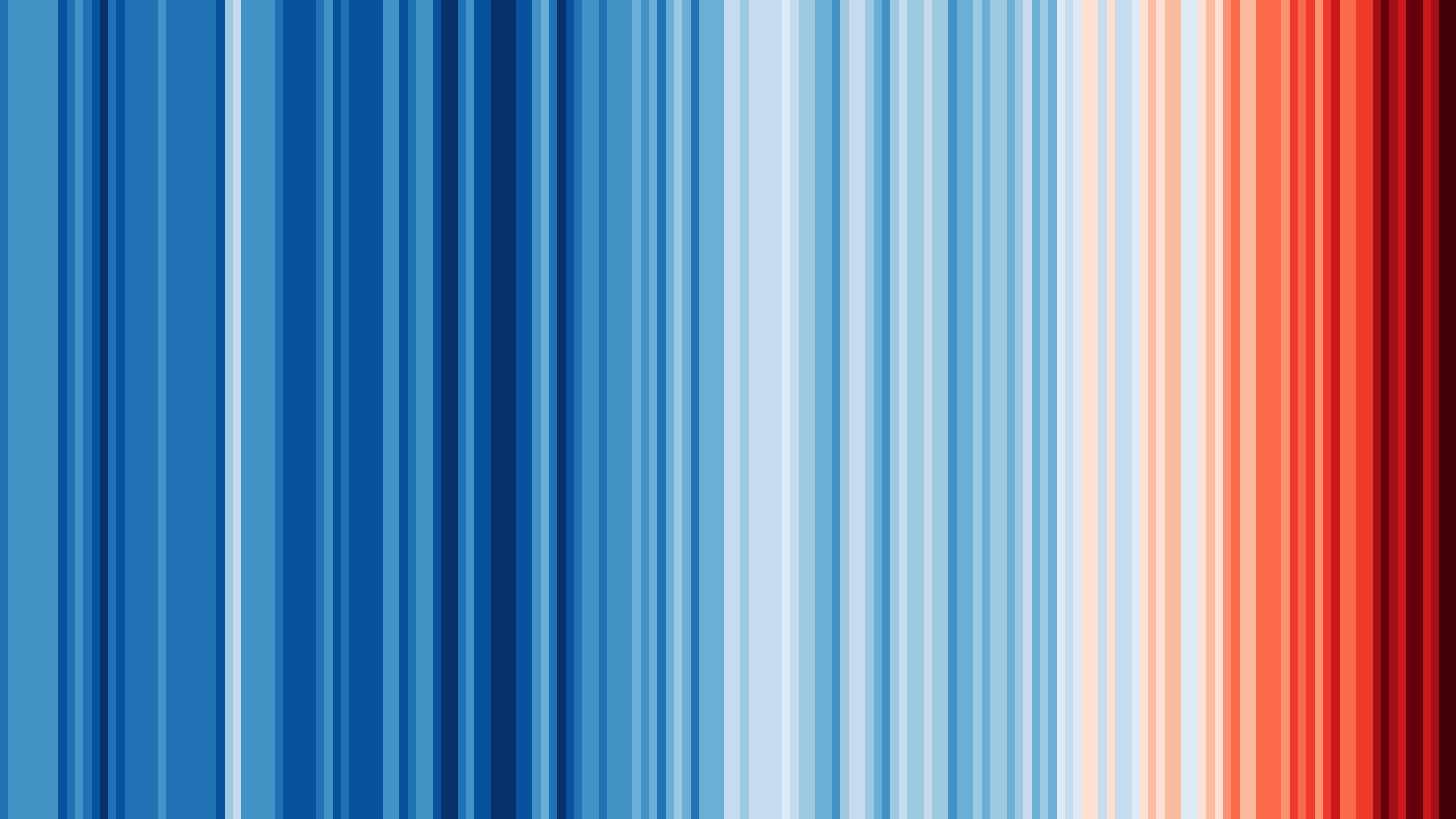Migrating from ArduinoJson v3
ArduinoJson v4 (and thus v5) was a major rewrite of the library, and the API changed significantly.
Includes
ArduinoJson v3 had two include files:
#include <JsonParser.h> #include <JsonGenerator.h> ArduinoJson v4 only has one:
#include <ArduinoJson.h> Namespaces
ArduinoJson v3 had two namespaces:
using namespace ArduinoJson::Parser; using namespace ArduinoJson::Generator; ArduinoJson v4 doesn’t require the using namespace statement. It has a namespace but the using namespace is done in the header file.
StaticJsonBuffer
ArduinoJson v3 had different memory allocation models for the parser:
JsonParser<16> parser; // 16 being the capacity in "tokens" and for the generator:
JsonArray<4> array; // 4 being the number of element JsonObject<4> object; ArduinoJson v4 only has one memory allocation model:
StaticJsonBuffer<128> buffer; // 128 being the capacity in bytes Return values for the parser
ArduinoJson v3 returned value types:
JsonArray array = parser.parseArray(json); JsonObject object = parser.parseObject(json); ArduinoJson v4 returns references types:
JsonArray& array = buffer.parseArray(json); JsonObject& object = buffer.parseObject(json); Everything else is compatible
Creating arrays and objects
ArduinoJson v3 allowed to create JsonArray and JsonObject directly:
JsonArray<4> array; JsonObject<4> object; ArduinoJson v4 requires that you use a StaticJsonBuffer for that:
JsonArray& array = buffer.createArray(); JsonObject& object = buffer.createObject(); Note: you don’t have to specify the capacity anymore.
Printable interface
ArduinoJson v3 used to implement the Printable interface, which allowed statements like:
Serial.print(array); But ArduinoJson v4 doesn’t, instead you need to write this:
array.printTo(Serial); Note: there was a good reason for removing that feature, and it’s reducing the size of JsonArray and JsonObject.
